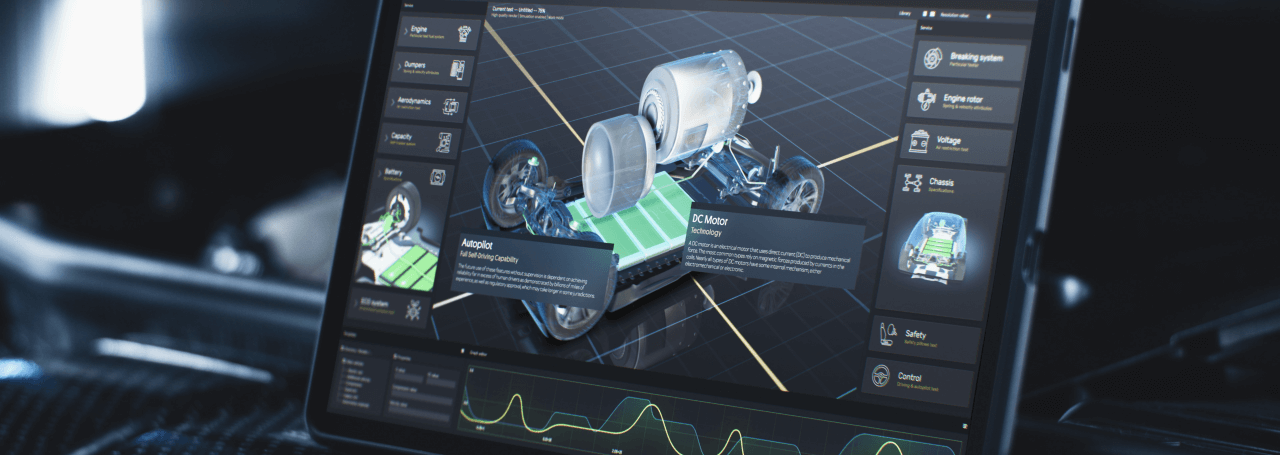In the world of electronics and engineering, where the line between the physical and digital realms continues to blur, choosing the right “brain” for your project can be critical. Whether your goal is to build an automated device, a digital sign, or a smart home component, you’ll likely face this dilemma: Arduino vs. Raspberry Pi. Though often mentioned together, these platforms are based on entirely different architectures and philosophies. Understanding their fundamental differences is essential to your project’s success. In this article, we’ll conduct an in-depth analysis of both platforms to help you make an informed choice.
History of Raspberry Pi
Raspberry Pi’s origins date back to 2006, when a group of scientists at the University of Cambridge, led by Eben Upton, became concerned about declining interest in computer science among students. They aimed to create an affordable, easy-to-use computer that would inspire younger generations to program and experiment with technology. In 2012, the first model was released, instantly becoming a global phenomenon. Initially designed for education, it quickly found applications in thousands of projects — from home media centers to advanced robotics systems.
The engineering-driven question — “how to deliver a fully functional computer at minimal cost?” — is the core idea behind Raspberry Pi.
History of Arduino
Arduino’s story is quite different. It began with the idea of making electronics accessible to artists and designers without technical backgrounds. In 2005, at the Ivrea Institute in Italy, Massimo Banzi and David Cuartielles launched a project that aimed to be a simple, open-source tool for rapid prototyping. The result was a platform built around simplicity. Arduino is an open-source system that combines an easy-to-program hardware board with an intuitive development environment (IDE). As a result, even complete beginners in electronics could bring their first circuit to life within minutes.


By Nicholas Zambetti – http://www.arduino.cc/, CC BY-SA 3.0, https://commons.wikimedia.org/w/index.php?curid=9182627
Technical specifications
To understand the differences between the platforms, we need to look under the hood.
Arduino is a microcontroller. Its core is a basic processor (e.g., an 8-bit AVR in the Arduino Uno) that executes instructions in real time. RAM is limited to a few kilobytes, and flash memory for code is typically only a few dozen kilobytes. There’s no operating system — the code runs directly on the hardware. Its strengths are simplicity and reliability in handling basic, repetitive tasks.
Raspberry Pi is a microprocessor, meaning it’s a single-board computer (SBC). It includes a multicore processor, RAM (up to 8 GB in the latest models), and the entire architecture required to run a full operating system — usually Linux.
| Feature | Arduino | Raspberry Pi |
| Architecture | Microcontroller | Microprocessor (SBC) |
| RAM | Few kilobytes | From 512 MB to 8 GB |
| Operating System | None (optional RTOS) | Yes (Linux, Android) |
| Use Case | Real-time control | Complex computing, servers, AI |
| Price | Lower | Higher |
Performance and application comparison
Arduino is ideal for tasks where precision and quick response are essential. For projects like motor control, reading data from sensors (temperature, humidity, pressure), or lighting control, its simplicity and direct operation are unbeatable. Additionally, low power consumption makes it suitable for long-term battery operation.
Raspberry Pi is a powerful machine capable of handling advanced computations. It’s the right platform for running a web server, building a home media center, implementing AI, image processing, or hosting databases. Its GPU (graphics processor) enables high-resolution output, which Arduino cannot provide.
What does getting started look like? What do you need to learn?
Choosing a platform also depends on your skill level.
Arduino is a perfect starting point for beginners. Programming is done in simplified C++ using the intuitive Arduino IDE. There’s no need to worry about operating systems, drivers, or configuration. Just write the code, upload it to the board, and it works. It’s an excellent platform for learning the basics of electronics and microcontroller programming.
Raspberry Pi requires more knowledge. Programming is usually done in Python (pre-installed), C++, or Java, but you’ll also need to understand Linux system operations. Configuration, updates, package installation — these are all essential skills before you start coding. It’s a platform for those ready to take a deeper dive into embedded systems.
Which Platform to Choose? Where to Begin?
The conclusion is simple: it’s not about “which is better,” but which is better for your project.
If your goal is to:
- build a robot that avoids obstacles,
- create a weather station,
- control lighting via a smartphone,
- start learning electronics,
…then Arduino is the right choice. It’s cheap, simple, and easy to use.
If, on the other hand, you want to:
- build a media center,
- host your own web server or database,
- implement AI algorithms,
- build an advanced monitoring system with image processing,
…then Raspberry Pi is the best solution.
A fun fact — and the cherry on top — is that in advanced projects, both platforms often work together. Arduino can serve as a low-level controller managing motors and reading sensors, while Raspberry Pi functions as the central unit that processes data, makes decisions, and handles network communication.
| Category | Arduino | Raspberry Pi |
| Skill Level | Beginner-friendly | Intermediate to advanced |
| Programming Languages | Simplified C++ (Arduino IDE) | Python (pre-installed), C++, Java, others |
| Operating System | None – runs a single program directly on the microcontroller | Runs full Linux OS (e.g., Raspberry Pi OS) |
| System Knowledge | Minimal – no OS, drivers, or package management | Requires knowledge of Linux (shell, file system, package installation, etc.) |
| Hardware Architecture | Microcontroller (e.g., ATmega328, ARM Cortex-M) | Single-board computer (ARM Cortex-A CPU, RAM, USB, HDMI, etc.) |
| Community & Support | Very large community, massive amount of tutorials for beginners | Also very large, with broader Linux/dev support |
The choice is yours. Remember: in engineering and technology, success comes from choosing the right tool for the job. And now, with this knowledge, you can make an informed decision and start building your project.
Your single-board computer deserves a display that’s perfectly matched to your project’s needs. Talk to our engineering team. We’ll help you choose the right screen for your setup and guide you on integration, so your project runs flawlessly from day one.
DISCOVER OUR
Whitepaper
Achieve the perfect user-display interaction with the right Touch Sensor IC. Ever faced issues with phantom touch events or certification? Boost your R&D like a pro with our Whitepaper!




